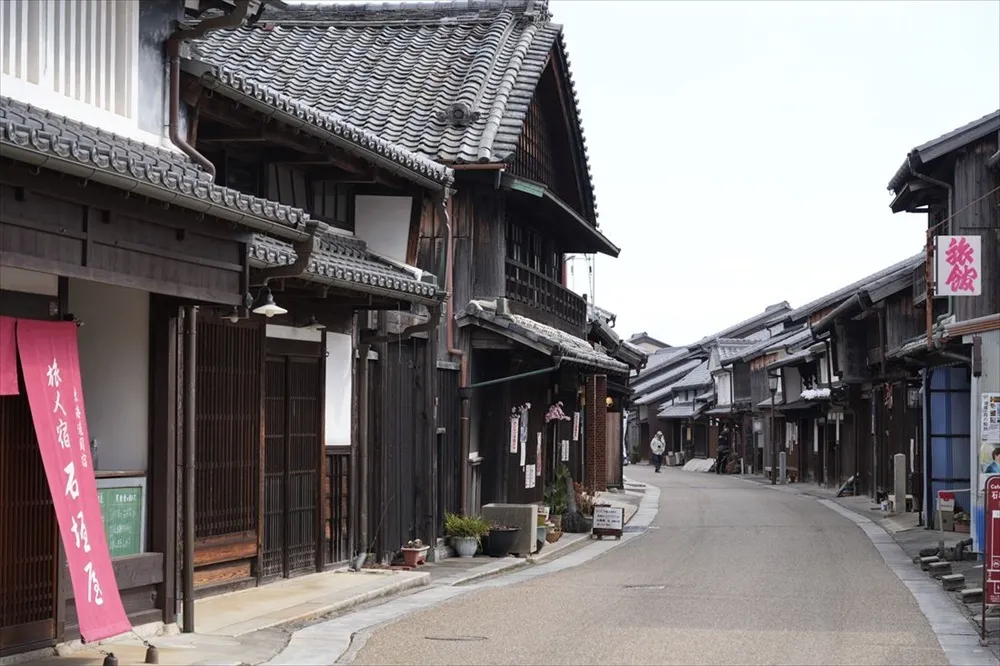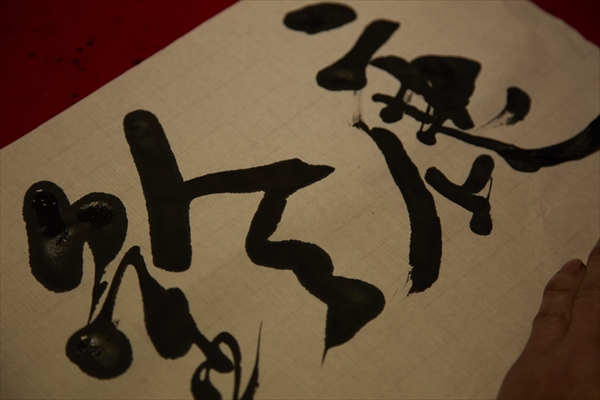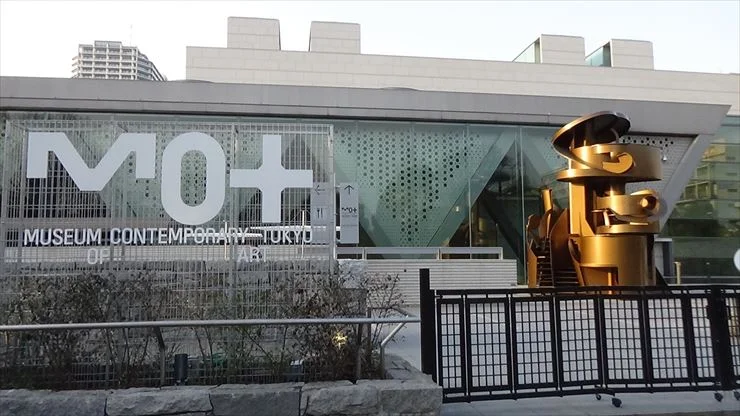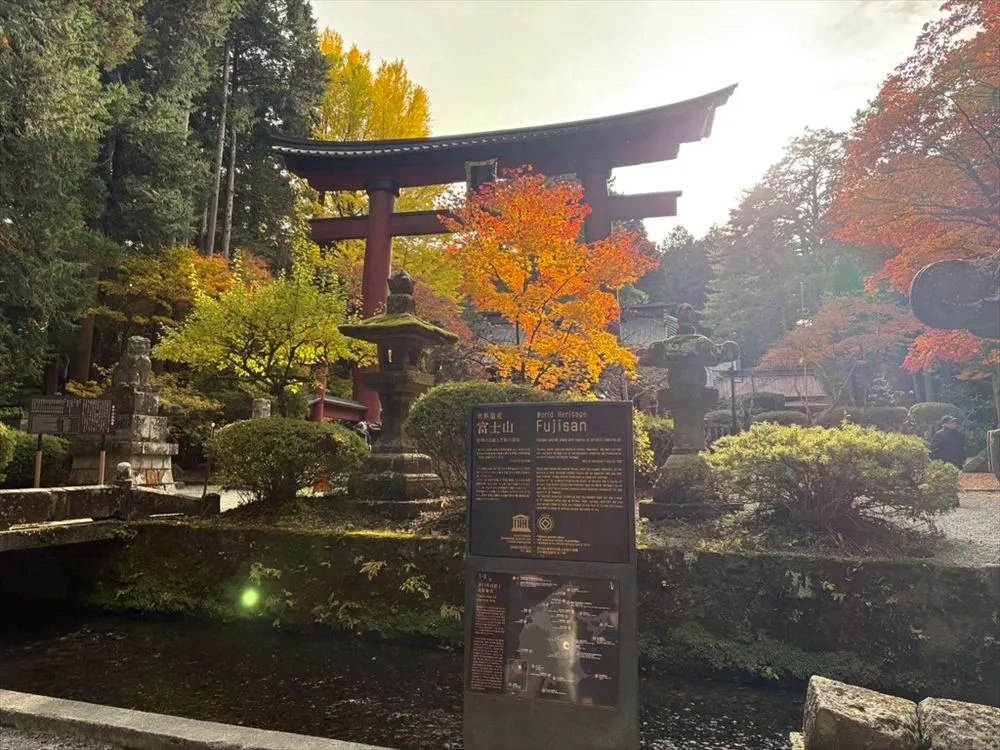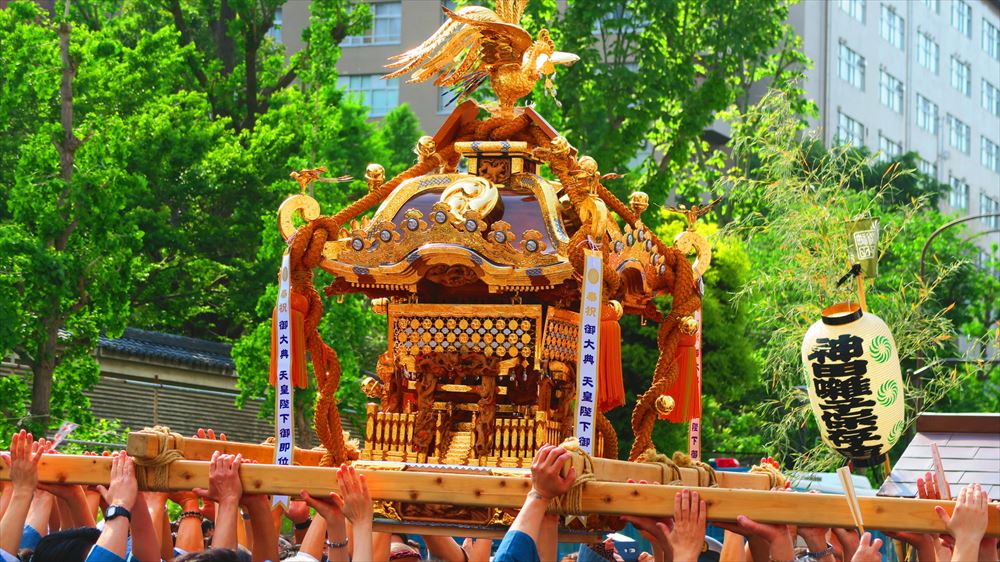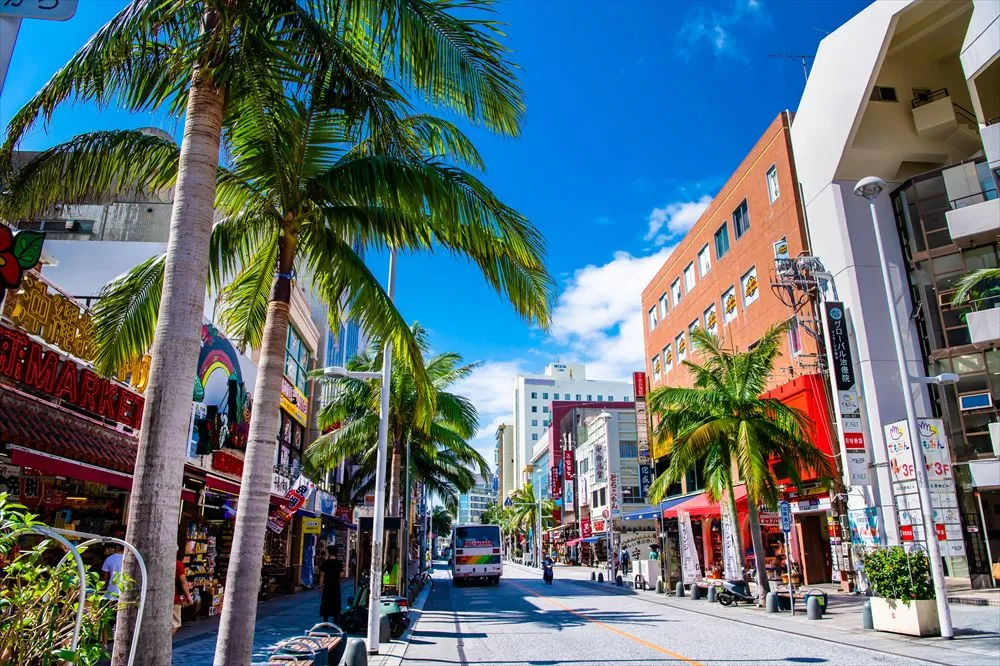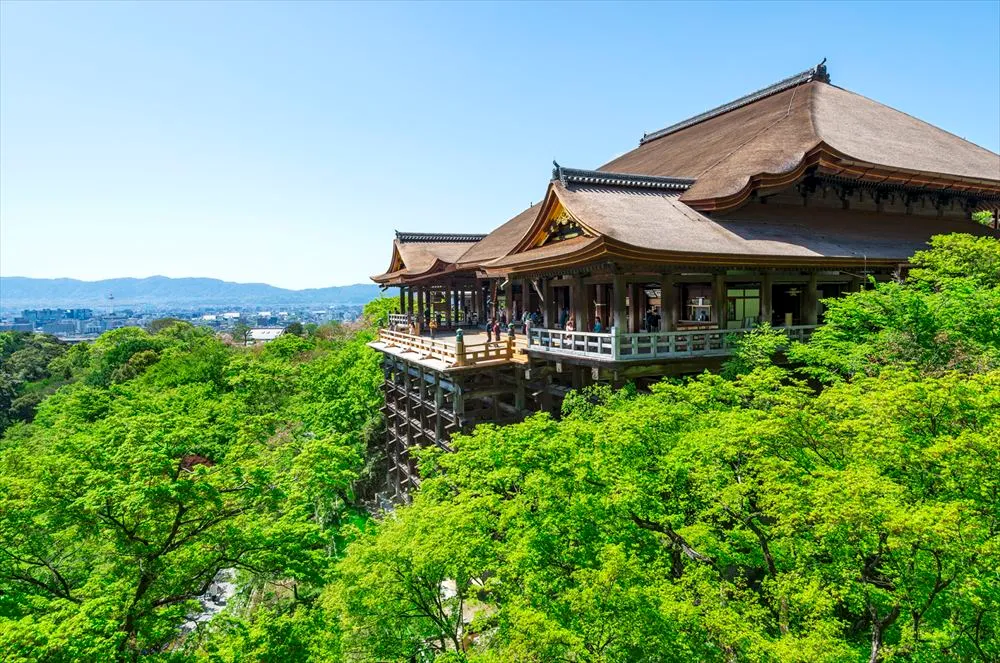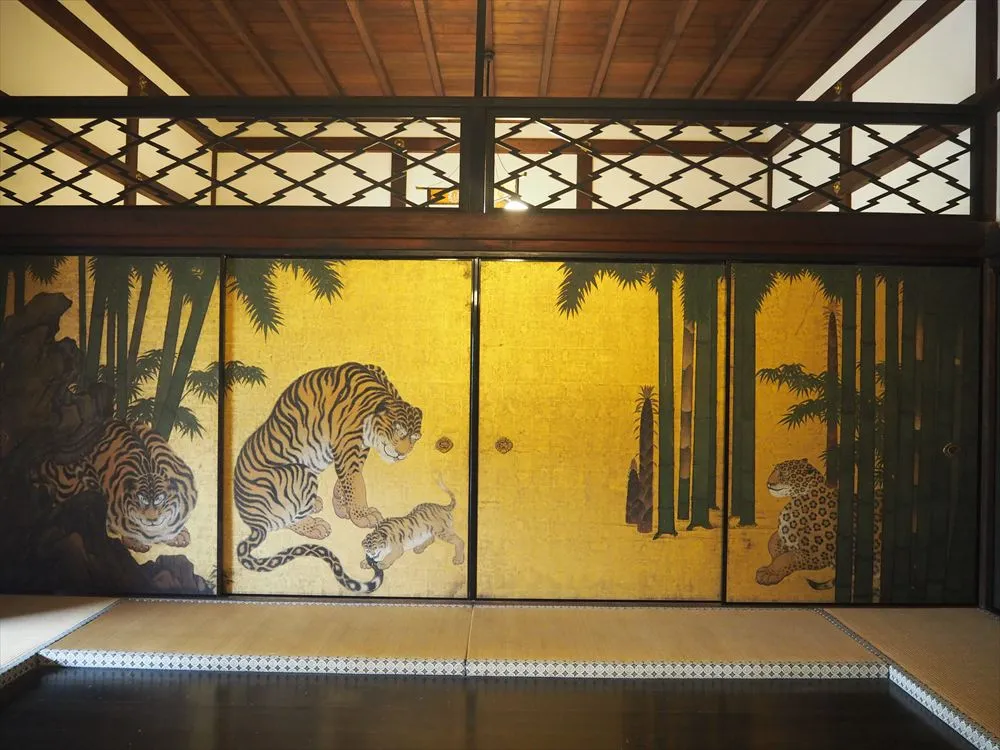Japan’s pottery, known as “yakimono,” has a long, illustrious history. Although the Japanese term usually refers to only the two main types of earthenware (toki) and porcelain (jiki), a more detailed look reveals rich variations that truly set Japan’s pottery apart. Some forms, like Arita ware, are world renowned as fine art. Yet most pottery in Japan is deeply rooted in the natural environment and daily life of the regions where it is made. Knowledge of this diversity draws us deeper into the beauty of local cultures.
Discover Japan’s Diverse “Yakimono” Pottery" : 5 Picks from Our Editor!
Mashiko ware (Tochigi Prefecture)

 Thick materials and a deep glaze give Mashiko ware a distinct, down-to-earth quality. This Tochigi ceramic rose to fame as a symbol of the Mingei Movement, started in 1926, which sought to celebrate everyday items as artworks and protect traditional handicrafts. As a symbol of this movement, Mashiko ware attracted many young potters to the region. Today, about 300 kilns remain, producing a wide variety of works.
Thick materials and a deep glaze give Mashiko ware a distinct, down-to-earth quality. This Tochigi ceramic rose to fame as a symbol of the Mingei Movement, started in 1926, which sought to celebrate everyday items as artworks and protect traditional handicrafts. As a symbol of this movement, Mashiko ware attracted many young potters to the region. Today, about 300 kilns remain, producing a wide variety of works.
\\See it here!//
Renovated from traditional Japanese houses, this museum was once the home of Hamada Shoji (1894-1978), a ceramic artist and proponent of the Mingei Movement. Here, you can see his works and the wide-ranging ceramics collection that influenced his vision.
|
Kutani ware (Ishikawa Prefecture)
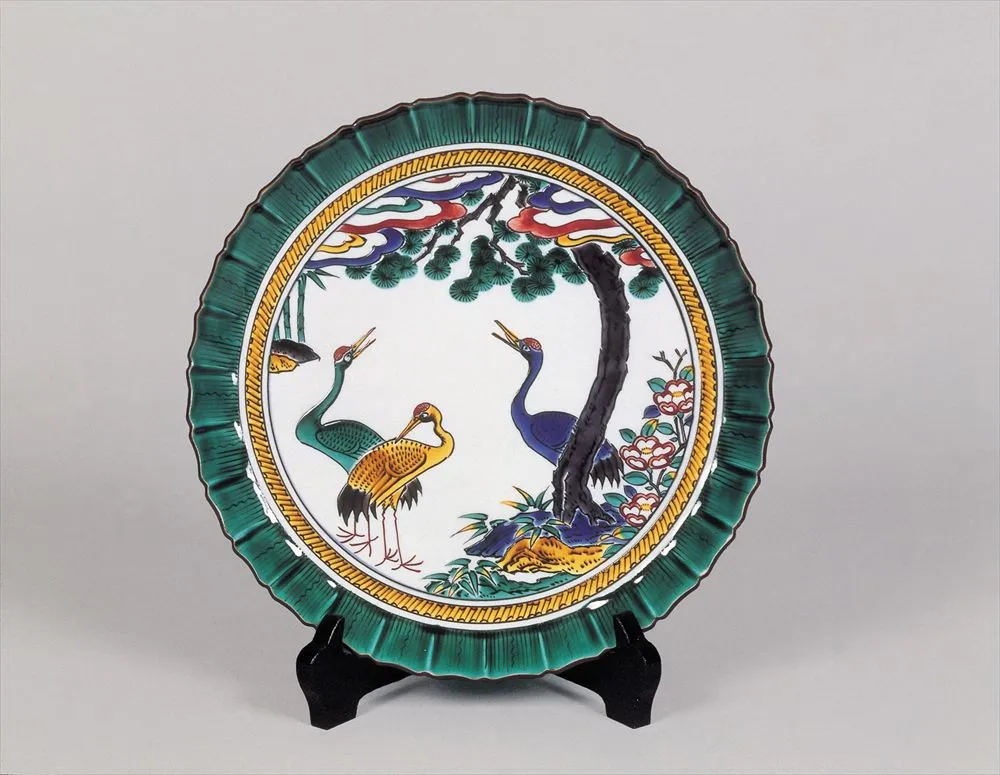

Kutani ware is known for its stunning, vivid pictures painted on a white base. As rulers of the area in the Edo period (1603–1868), the powerful Maeda family were patrons of pottery production, and the aesthetic sensibility shared by Kanazawa Castle and the traditional art of Kaga Yuzen is plain to see in Kutani ware. Recently, these coloring techniques are re-emerging in a growing body of collaborative works featuring popular characters from anime and games.
\\See it here!//
In addition to about ten shops specializing in Kutani ware, this complex features a museum, workshops to try your hand at painting or pottery-making, and studios to observe the creative activities of artisans.
Kutani Ware Big Monument
The Kutani Porcelain Art Museum |
Bizen ware (Okayama Prefecture)

The high-temperature firing of Bizen ware hardens the ceramic, while the glaze-free finish brings out the natural texture of clay. Its most charming features, however, are the unique patterns formed naturally from the effects of fire striking the pieces, changes in kiln temperature, ash and other elements. No two pieces ever have the same look. Highly durable and crack-resistant, Bizen ware can be used for many years, its character deepening with continued use over time.
\\See it here!//
Newly reopened in July 2025, the Bizen City Museum of Art is a showcase for the charm of both Bizen ware and other contemporary ceramics. While in the area, enjoy a stroll through the museum’s Imbe district of Bizen City, home to countless kilns and pottery shops.。
|
Onta ware (Oita Prefecture)


This pottery from a mountain village in Hita City has been passed down for generations with one of the original potters, the Yanase family, now headed by its 14th generation. Patterns applied with tools while the potter’s wheel turns, such as “tobikanna” and “hakeme,” are distinctive traits. Such patterns, combined with the simplicity of these handmade pieces, give this pottery a special charm.
\\See it here!//
Home to nine kilns and the Ontayaki Pottery Museum, this district is the ideal place to learn about the history of Onta ware. This entire scenic, tranquil area has been designated as an Important Cultural Landscape.
|
Tsuboya ware (Okinawa Prefecture)

Tsuboya ware is often simply called “yachimun,” the Okinawan word for “pottery.” Dating back to the 17th century, this traditional art stands out for being made with techniques and designs influenced by various Asian countries. Only found in Okinawa, such pieces make perfect souvenirs, featuring motifs of plants, fish, or vessels for awamori and other traditional liquors.
\\See it here!//
As kilns began to gather in the region roughly 300 years ago, the Tsuboya area of Naha City emerged as a town of pottery. Even today, the streets are lined with studios, shops, galleries, and cafes.
|








